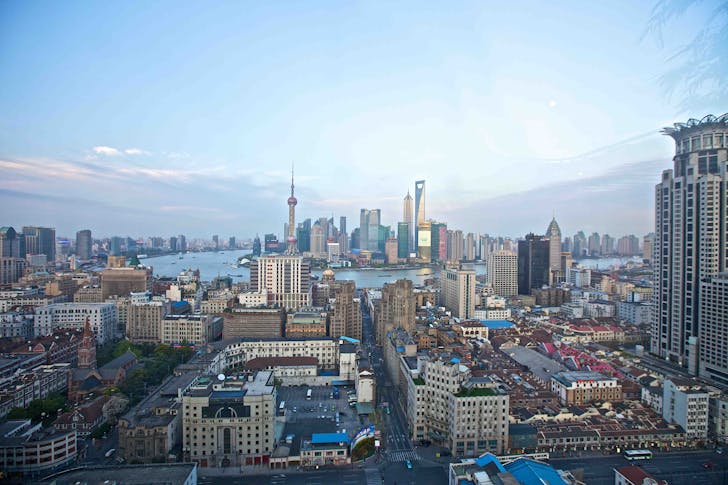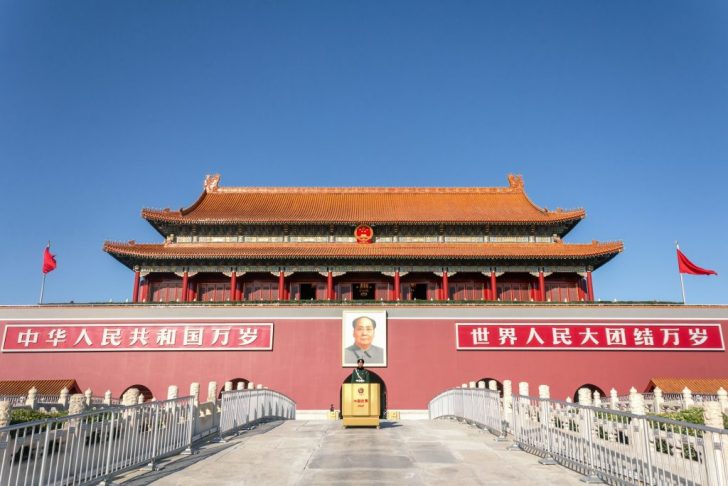China’s Economic Growth Continues Amid Fears of Massive Trump Tariffs
China’s economy grew more than expected in the last quarter of 2024, defying gloomy forecasts and showcasing its ability to adapt amid global uncertainty. Official data revealed a 5.4% GDP growth rate for Q4, outpacing expectations and marking an improvement over the previous quarter.
This resilience comes at a pivotal moment as the nation braces for potential new tariffs from U.S. President-elect Donald Trump, whose policies could heavily influence China’s economic trajectory.
However, this unexpected growth stems from a surge in exports, which pushed China’s trade surplus to a historic high of nearly $1 trillion in 2024. While these numbers highlight the country’s industrial strength, they also position China as a target for Trump’s tariff agenda.
With threats of increased taxes on Chinese imports, Beijing faces mounting pressure to counteract external shocks while navigating domestic challenges.
The Role of Exports in China’s Economy
Exports have long been a cornerstone of China’s economy, and 2024 was no exception. The booming trade sector drove economic momentum, even as other areas showed signs of strain. Global demand for Chinese goods surged, helping to offset weaknesses in domestic consumption. However, this reliance on exports underscores a vulnerability.

Ayala / Pexels / President-elect Trump has signaled an aggressive stance, threatening tariffs of up to 60% on Chinese imports.
Such measures could drastically impact China’s trade-dependent sectors. Experts warn that these policies might slow growth in 2025, making it crucial for Beijing to strengthen domestic demand to cushion potential blows from international trade conflicts.
China Introduces Economic ‘Stimulus’ Package
In response to ongoing pressures, the Chinese government introduced a stimulus package in late 2024, injecting 10 trillion yuan ($1.4 trillion) into local governments and rolling out interest rate cuts. This proactive approach aimed to stabilize the economy amid a prolonged property downturn and sluggish consumer spending.
The measures also included innovative incentives, like expanding the “cash-for-clunkers” scheme. It encourages households to replace old appliances with new ones. While these policies provided short-term relief, they underscore a deeper issue: China’s economy depends on significant government intervention to maintain growth.
The question remains whether these strategies can sustain momentum in the long run.
Birth Rate Increases & Population of Workers Declines
China’s economy is not only contending with trade and policy challenges. It is also grappling with a significant demographic shift. The country saw a surprising increase in birth rates last year, reversing a downward trend that began in 2017. The birth rate rose to 6.77 births per 1,000 people, boosted by government incentives and the Year of the Dragon, considered a lucky year for childbirth.

Damir / Pexels / Interestingly, analysts suggest that the external pressures from President-elect Donald Trump might spur China’s leadership to double down on reforms.
Despite this glimmer of hope, China’s overall population continues to shrink. With a decline of 1.39 million people in 2024, the population dropped to 1.408 billion. This marks the third consecutive year of contraction.
A shrinking workforce and an aging population pose long-term risks to economic stability. It is threatening to derail future growth if structural reforms are not implemented.
The Housing Crisis & Consumer Sentiment
China’s economy also faces a significant drag from the housing market slump, which has eroded consumer wealth by an estimated $18 trillion. This crisis has dampened household spending, leaving many Chinese consumers cautious about their financial futures.
This caution is evident in weak consumer sentiment, which policymakers are striving to reverse. By introducing measures to boost spending, such as financial incentives and infrastructure projects, the government aims to reignite consumer confidence. However, experts argue that addressing the housing crisis will be pivotal in restoring faith in the economy.
The imminent return of Donald Trump to the White House adds a layer of complexity to China’s economic outlook. His administration’s plans to impose higher tariffs could strain bilateral trade and challenge China’s export-driven growth model.